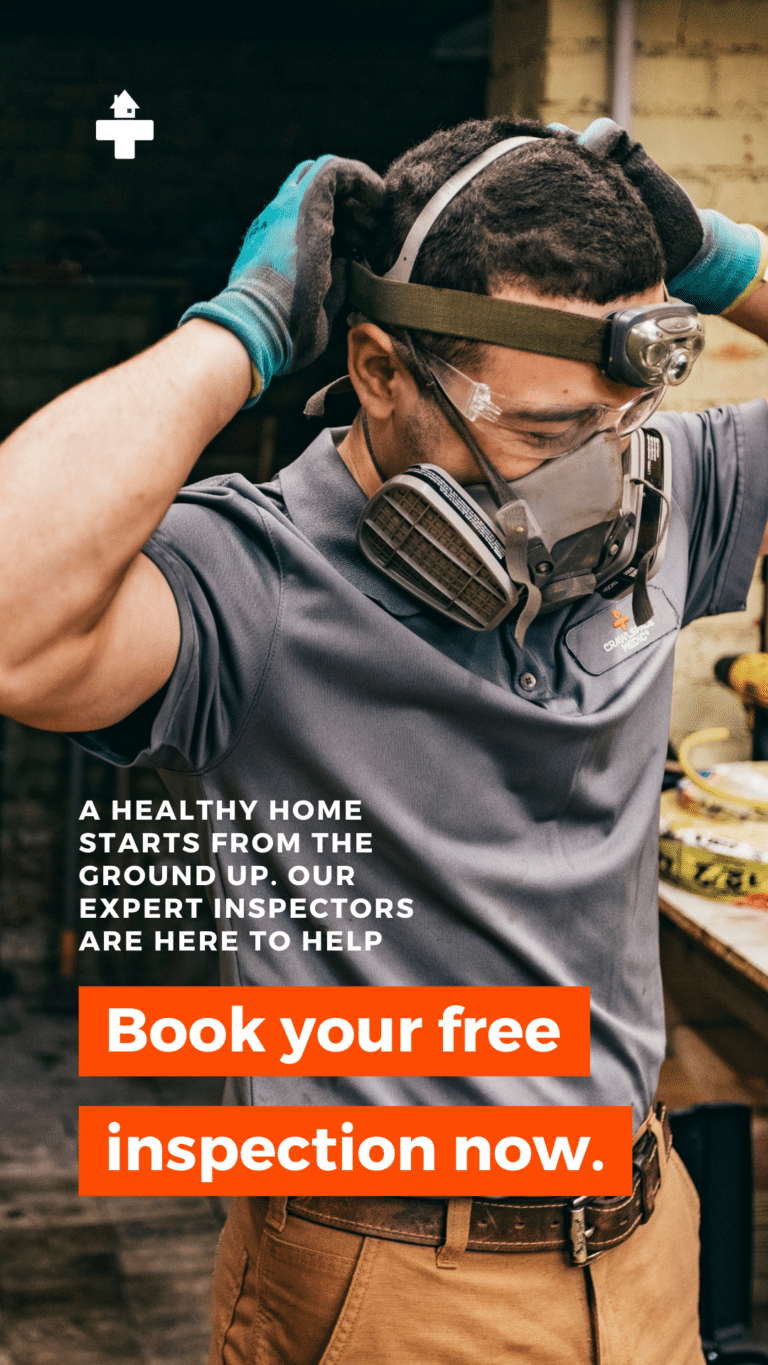TL;DR: Crawl Space Encapsulation & Insurance Coverage
Generally, homeowners insurance does not cover crawl space encapsulation unless it’s restoring damage from a sudden, covered event such as a pipe burst or appliance malfunction. Mold is only covered if caused by an approved peril and reported quickly. New state-level mold coverage regulations in 2025 offer expanded limits in Florida, NY, NJ, NC, and SC. Encapsulation is a smart investment to prevent future costly claims — even if it’s not reimbursed directly.
What Is Crawl Space Encapsulation?
Crawl space encapsulation involves sealing the crawl space using a white polyethylene vapor barrier and installing a dehumidifier to maintain ideal humidity levels. This process helps protect your home from moisture-related damage.
- Prevents mold and mildew
- Deters pests and termites
- Protects against structural rot
- Improves indoor air quality
- Increases long-term property value
Will Insurance Cover Crawl Space Encapsulation?
In most cases, crawl space encapsulation is not covered by homeowners insurance. Insurance only covers damage that is sudden, accidental, and from a covered peril.
Encapsulation may be covered after the fact if:
- The damage was sudden (e.g., pipe burst)
- The space was previously encapsulated and needs restoration
- The cause of damage is covered under your policy
Covered vs. Not Covered Examples
| Covered by Insurance | Not Covered by Insurance |
|---|---|
| Pipe burst floods crawl space | Gradual leaks or condensation |
| AC or appliance malfunction causes water damage | Poor ventilation over time |
| Storm damage leads to mold | Seepage or recurring flooding |
Mold Damage & Insurance in 2025
Several states now require insurers to offer up to $50,000 per mold claim due to climate risks. These states include:
- Florida
- New York
- New Jersey
- North Carolina
- South Carolina
In other states, mold coverage is often limited to $1,000–$10,000 unless a mold endorsement is purchased.
Insurance Will Cover Mold If:
- It was caused by a covered peril
- It occurred suddenly
- It was reported quickly
Insurance Will Not Cover Mold If:
- It developed over time
- It’s related to poor maintenance
- The moisture source was preventable
Insurance After Encapsulation
If your crawl space is already encapsulated and it suffers sudden damage, most insurance providers will cover the cost of restoring it to its original condition.
You are not obligated to use your insurer’s preferred contractors. You may choose your original encapsulation provider or any qualified, licensed professional.
2025 Encapsulation Cost Breakdown
| Service | Estimated Cost |
|---|---|
| Basic vapor barrier install | $1,500 – $4,000 |
| Full encapsulation + dehumidifier | $5,000 – $15,000 |
| With mold remediation | $8,000+ |
Many companies offer free inspections and financing options.
Top-Rated Insurance Companies for Mold & Water Claims (2025)
- Amica Mutual – Top-rated claims experience
- USAA – Best for military families
- State Farm – Strong national network
- Chubb – Great for high-value properties
- Erie Insurance – Excellent regional coverage
- Lemonade – Fast, tech-friendly policies
- Allstate – Affordable add-on options
Final Thoughts
Will insurance cover crawl space encapsulation? Most likely not — unless it’s tied to a sudden and accidental event. That said, encapsulating your crawl space is a smart move to protect your home, avoid mold damage, and limit future repair costs.
Speak with your insurance agent about:
- Adding mold coverage endorsements
- Water backup protection
- Your state’s specific mold claim limits
And if you live in a high-moisture region — encapsulate now before damage makes it unavoidable.

